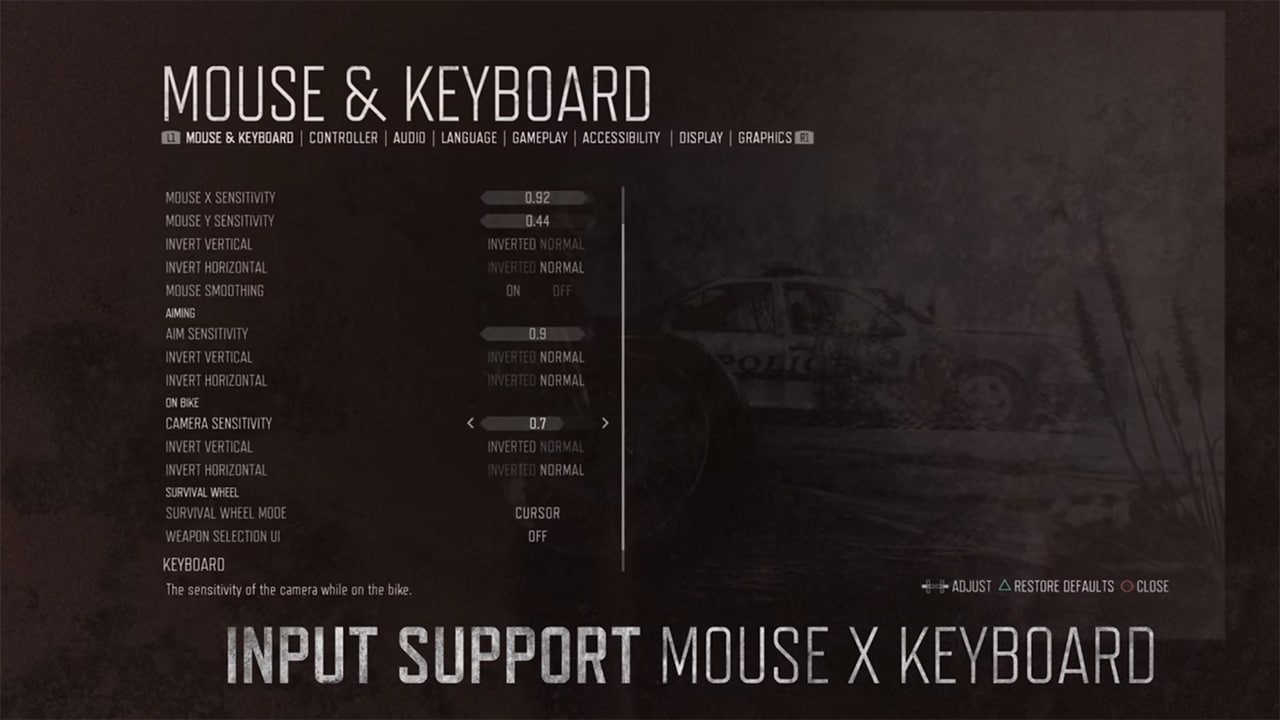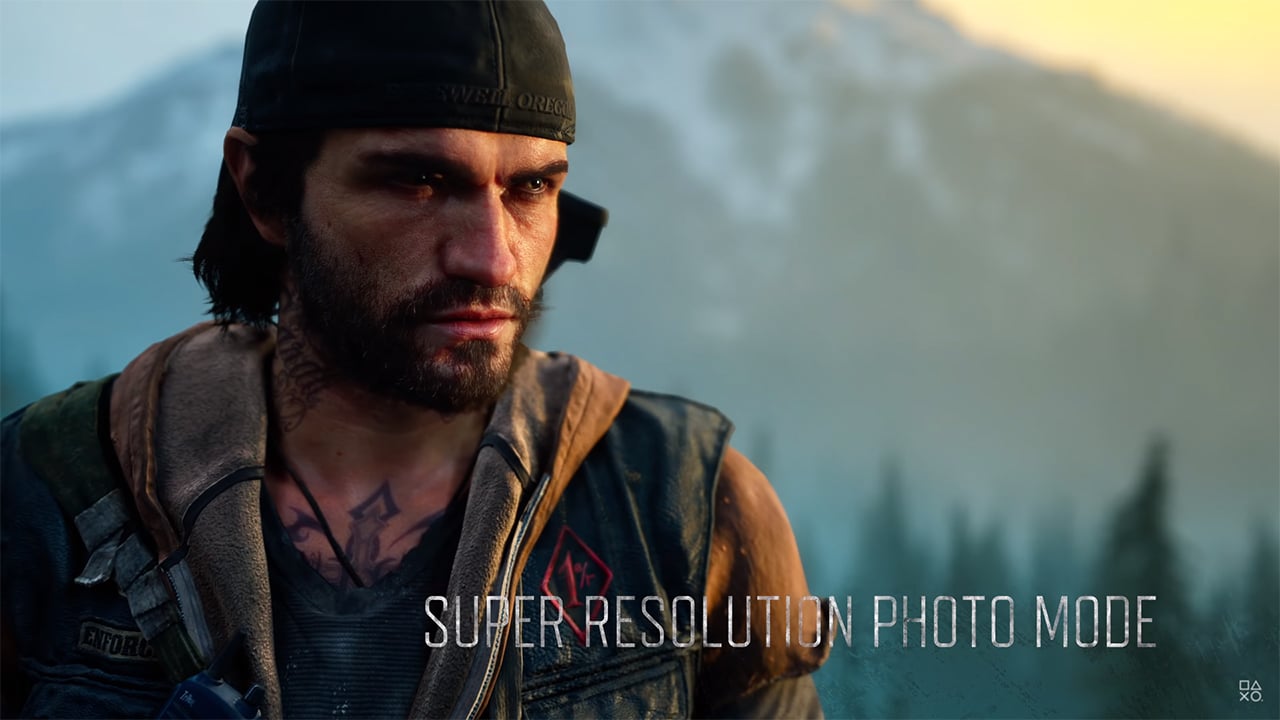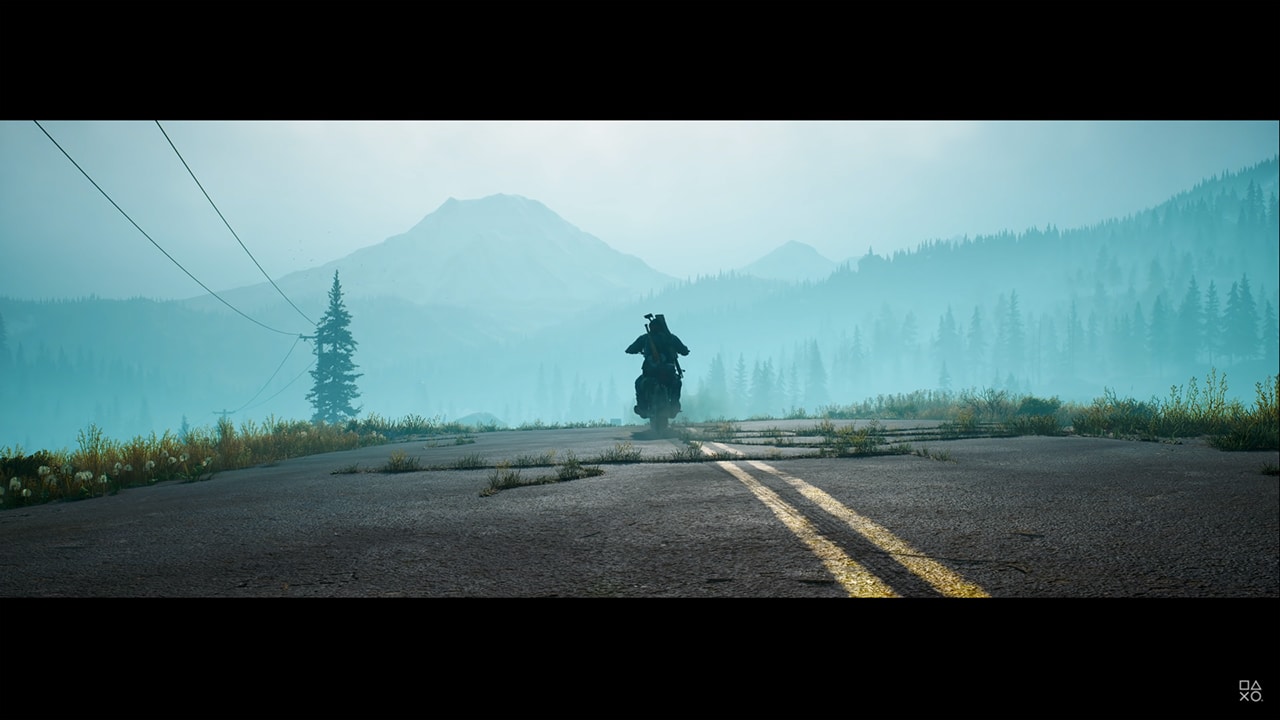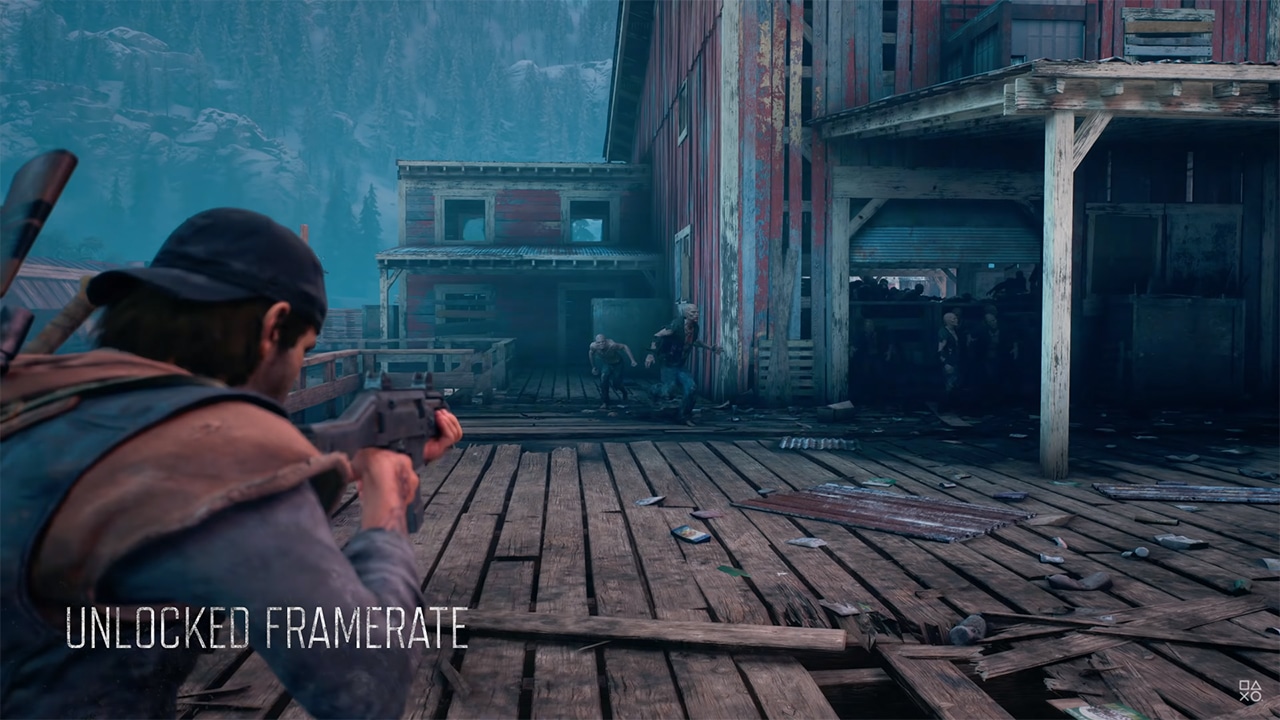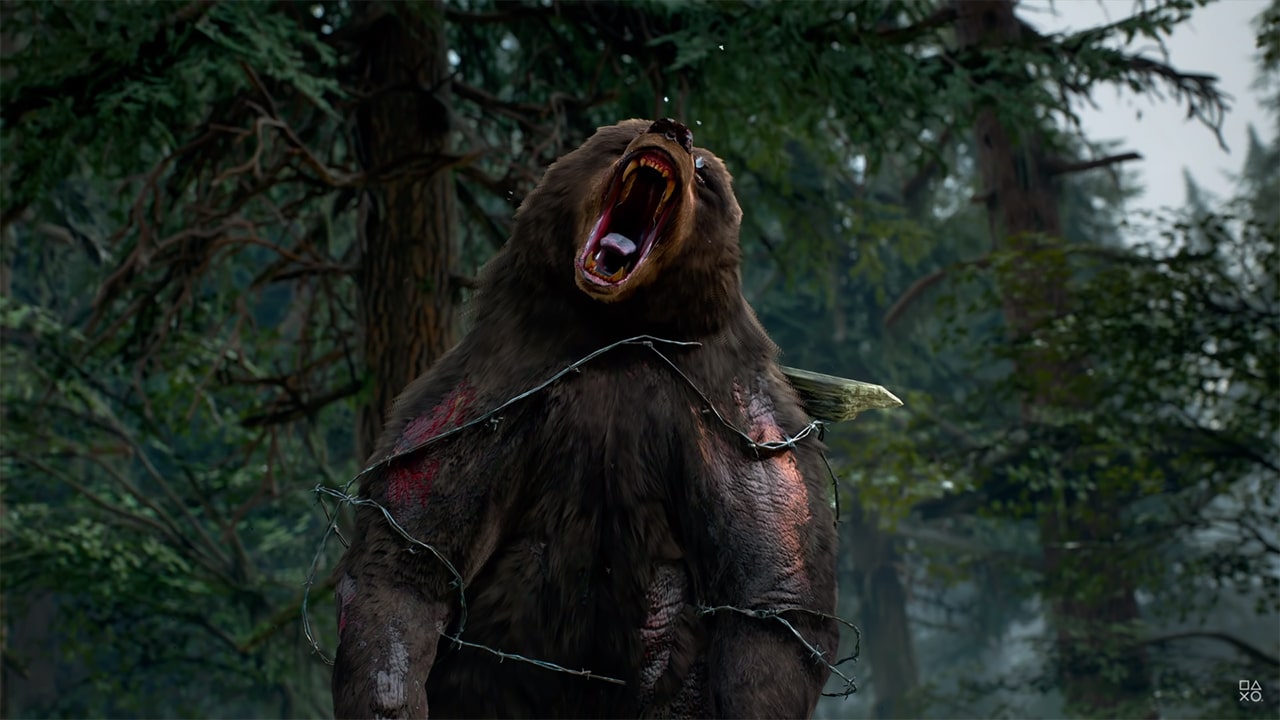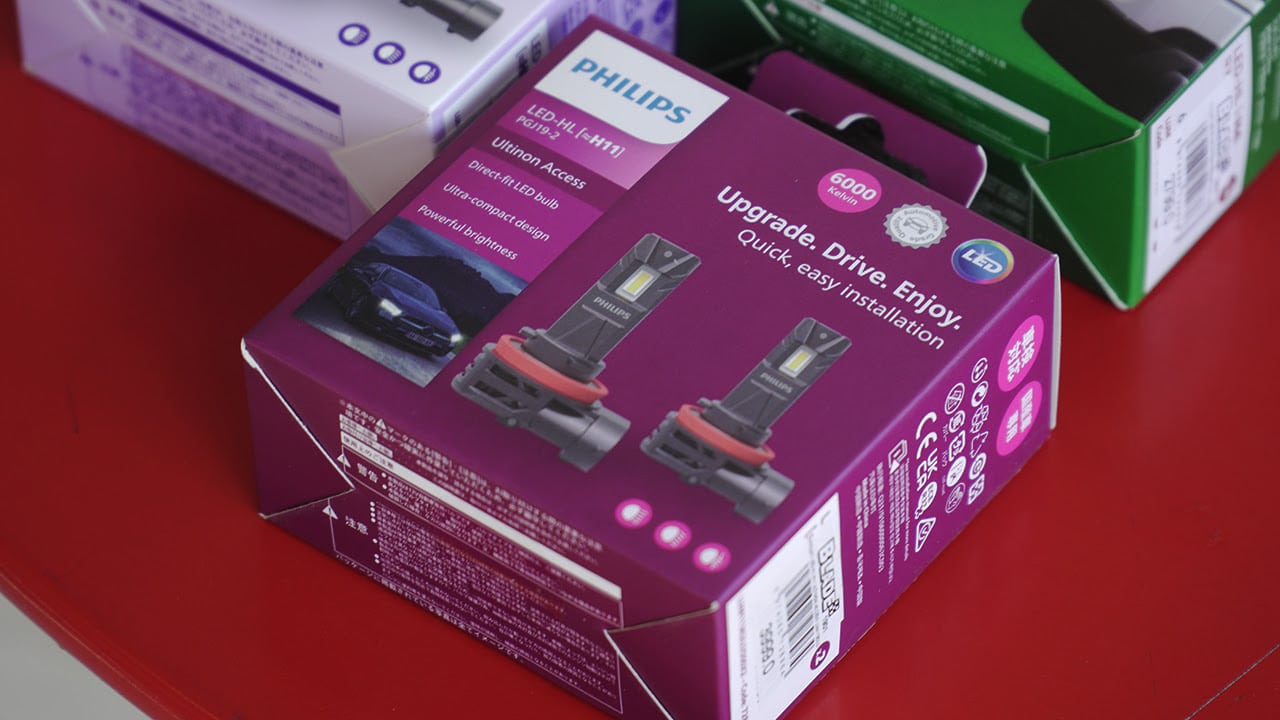05/20/2020
About a month ago, I finished Final Fantasy VII Remake. And after doing so, I suddenly felt the urge to play the original game to simply compare both and see the updates done to the game first-hand. After all, I was just ten years old when I played the original version on the first PlayStation.
I’ve listed down four main points to discuss the differences I saw from both games and how these updates affected the game’s entirety. If you have finished playing the remake but wasn’t able to get your hands on the original game, this article is for you.
And with that, it goes without saying that there are spoilers ahead! Let’s begin.
Old vs new FF7 graphics
Yes, we’ll start by comparing the graphics of a 1997 game to its 2020 version. Of course, the remake’s graphics are a lot better, more detailed, and downright immersive. Although, you have to put into perspective the time and era when the original Final Fantasy VII came out.
It might be easy to forget but the original FF7 was actually ahead of its time when you talk about graphics. It’s actually the first game from the Final Fantasy franchise to leave the 8- and 16-bit rendering in favor of all the 3D rendering capabilities that Sony’s first PlayStation boasted back then.

Its game developer (Square Soft then, Square Enix now) was also one of the pioneers of putting pre-rendered background and inserting in-game playable characters in it. During its time, pre-rendered graphics in games was particularly new so seeing it together with its cut-scenes was such a treat for the eyes.
Although with all those, it still doesn’t compare to the level of detail found on the remake. The original game’s pre-rendered background of the city of Midgar and the slum areas of Sector Seven is so simple that it doesn’t really offer the level of immersive experience done on the remake.
A good example was when Shinra blew one of the plates of Midgar. The plate came crashing down on Sector Seven slums killing thousands of people. This particular scene is very powerful in the remake. But playing it on the original version, I wasn’t as affected since the tragedy didn’t look too real. With the new game, you can really relate to the emotions of Tifa and Barret seeing the devastation of Sector Seven — you see their comrades die and thousands of inhabitants get crushed so it gives you that feeling of empathy that the original game, for me, fell short of doing.
However, since the original FF7 gave us blocky bodies with pixelized faces, the characters’ emotions were conveyed in a different but effective way. Through exaggerated movements, each character was able to express their current emotions. Barret would always be shaking his fists when talking, for example, to emphasize his usual aggression. In short, the game developers really did their best to convey these emotions and they were successful in doing so.
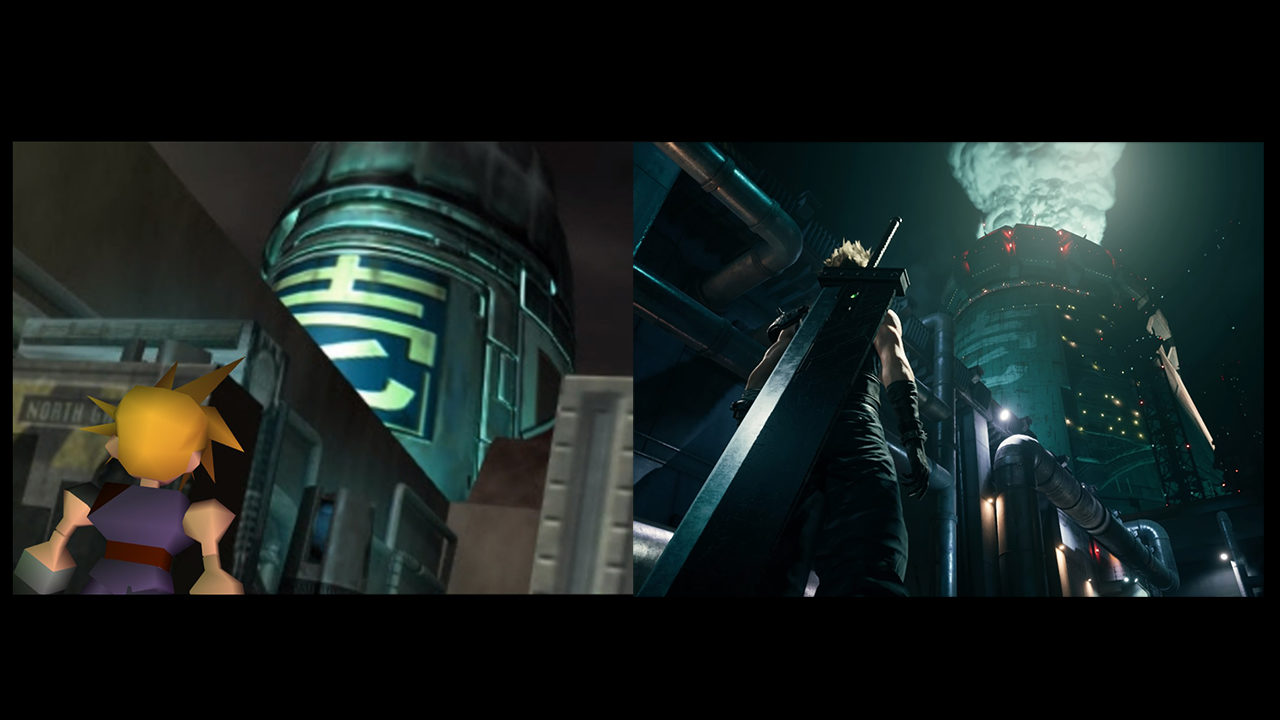
Even the details found in the environment are so realistic that it sort of adds a different layer of gameplay for some parts. For example, when your group was escaping Midgar after the bombing of one of its reactors, you can really see a part of the city damaged with the residents around you wounded, worried, and panicking. It feels kind of real at some point that it makes you think twice if what you did was the right thing to do.
Now with these improved details, the developers can effectively make you experience what they want you to experience and every character’s emotions are now very relatable.
CHECK OUT: Final Fantasy VII Remake Review (spoiler-free)
Designing the new characters
The character design of the original Final Fantasy VII has a very cartoony feel to it. When going around the city, characters look so blocky and short that it reminded me of those Gundam BB models. However, the quality and design of the characters slightly change when they are in battle or when there are cut scenes. Instead of seeing small, chibi characters, there’s a bit more detail to them but still has that cartoony look.
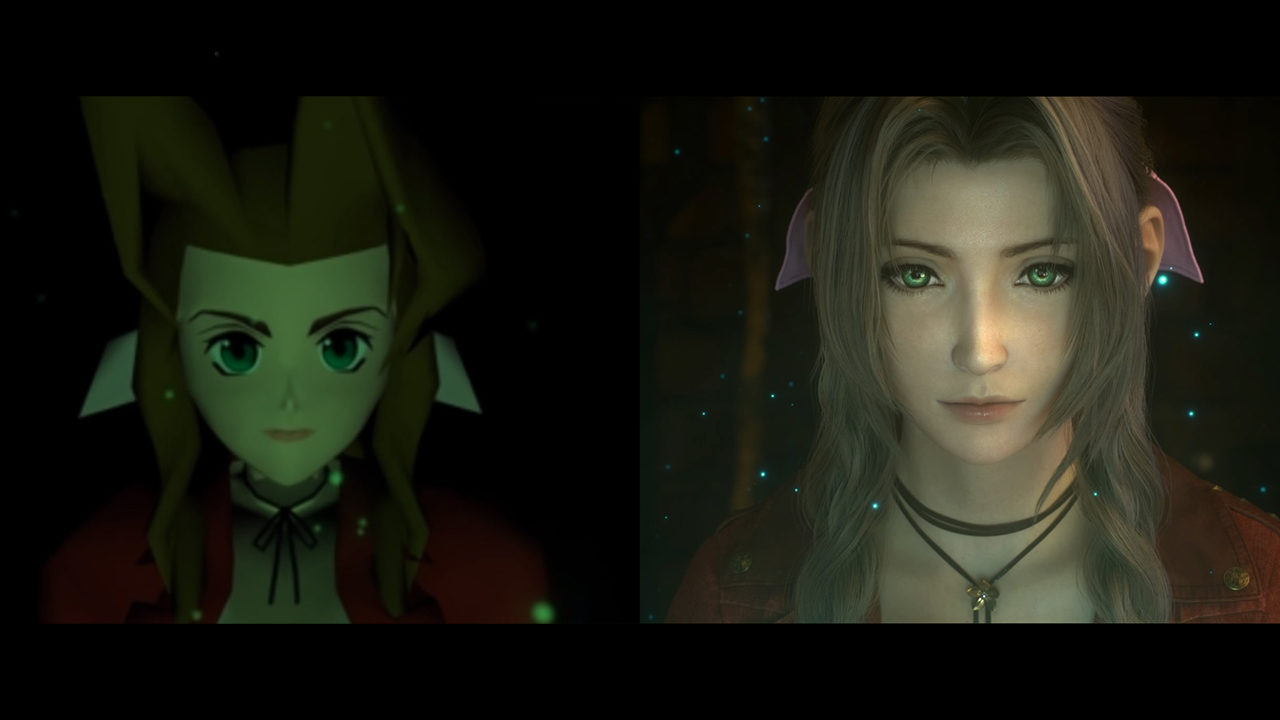
Going to the remake’s character design, they are still heavily based on the original, but some of the differences now are seen on the character’s bodies and facial features. They are now correctly proportioned and look almost real. Small details make an appearance, too. For example, Barret’s shades and dog tags are now plainly seen all the time which adds to his personality.
I can go on and on explaining all the small details of each character and how they were improved, but the point remains that the characters retain all their signature items from the original game while adding to them. The same goes for the character design of the bad guys — from the Shinra soldiers, giant sewer monsters, to the famous Hell House.
CHECK OUT: 5 Reasons why you should be gaming during quarantine
Tweaked gameplay
If you’ve been a fan of the game since its original release, you’ll know that Final Fantasy VII (like most Final Fantasy games) had a turn-based combat style. There’s a bar that fills up so you can launch an attack or perform other commands. The approach of FF7 Remake actually takes every gameplay element of the original game but puts every battle in real-time so that players are more involved.
The combat mechanics of the remake still requires a strategy on how you approach every enemy in battle and you can’t mash the buttons or hack-and-slash your way to victory.
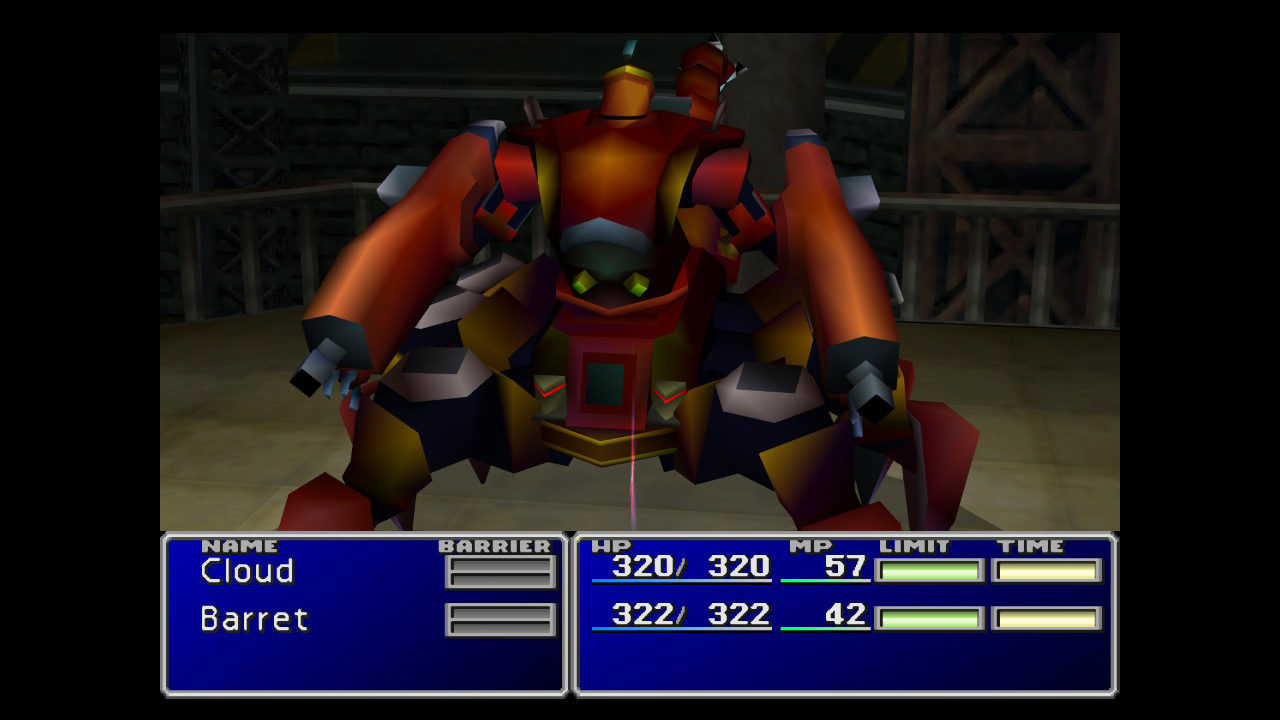
The newer release replaced the time meter to a new ATB bar that sort of serves the same purpose. Although, instead of your character just waiting to attack, you can now attack and dodge attacks that contribute to filling up your ATB meter. When your ATB meter is filled you can command or activate your character’s signature moves, magic, items, and occasionally summons. By doing this, the game sort of retains the classic turn-based combat but with a fresh twist.
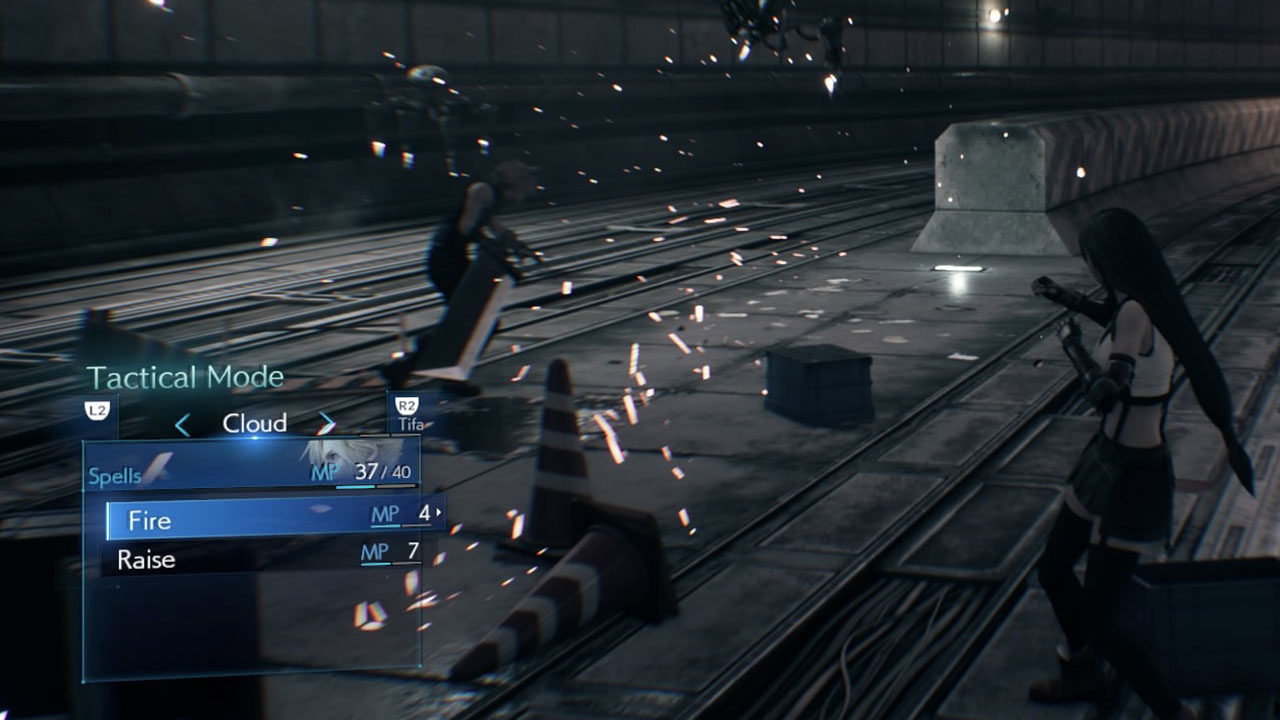
One of the new changes made is the stagger meter. Whenever you attack an enemy, it fills up its stagger meter. This is one of the key mechanics of the combat system of the remake that got updated and players can greatly take advantage of it.
Additionally, all the main character combat mechanics are pretty much the same as the original except for Aerith. Cloud and Tifa focus on close-quarters combat while Barret and Aerith focus more on ranged attacks.
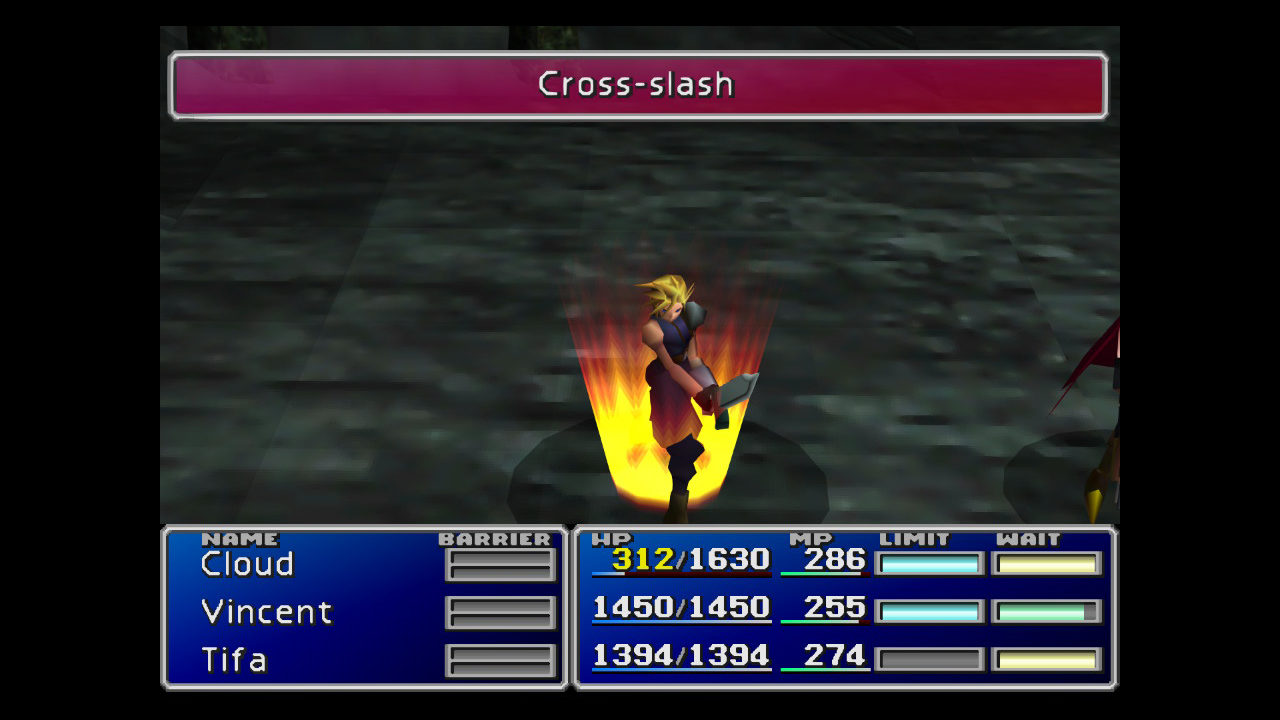
One disappointment I came across was when I ran into Red XIII — one of the main characters from the original game. I was surprised that you couldn’t control him during battles and just functions as a guest fighter that attacks the enemies. I hope he becomes a controllable character in the next sequel. Nevertheless, the gameplay overall was surprisingly better than what I imagined before playing the remake. All these mechanics combined make a great modern RPG.
A shift in storyline
The story of the original Final Fantasy VII was one of the reasons why the game was so iconic — from the characters’ own backstories to the entirety of its world, the game’s lore, and down to the evil group Shinra. As a gamer and avid fan, all these elements fit together perfectly and make the story so inviting. Even the main characters are so alluring with how all their paths become intertwined and altogether produce a great story.
The beginning of the remake starts off relativity the same as the original. We all see Aerith walking in the infamous alley, we see the city of Midgar, and we also see the grand train entrance of Avalanche members and Cloud’s iconic front flip before the gameplay begins.
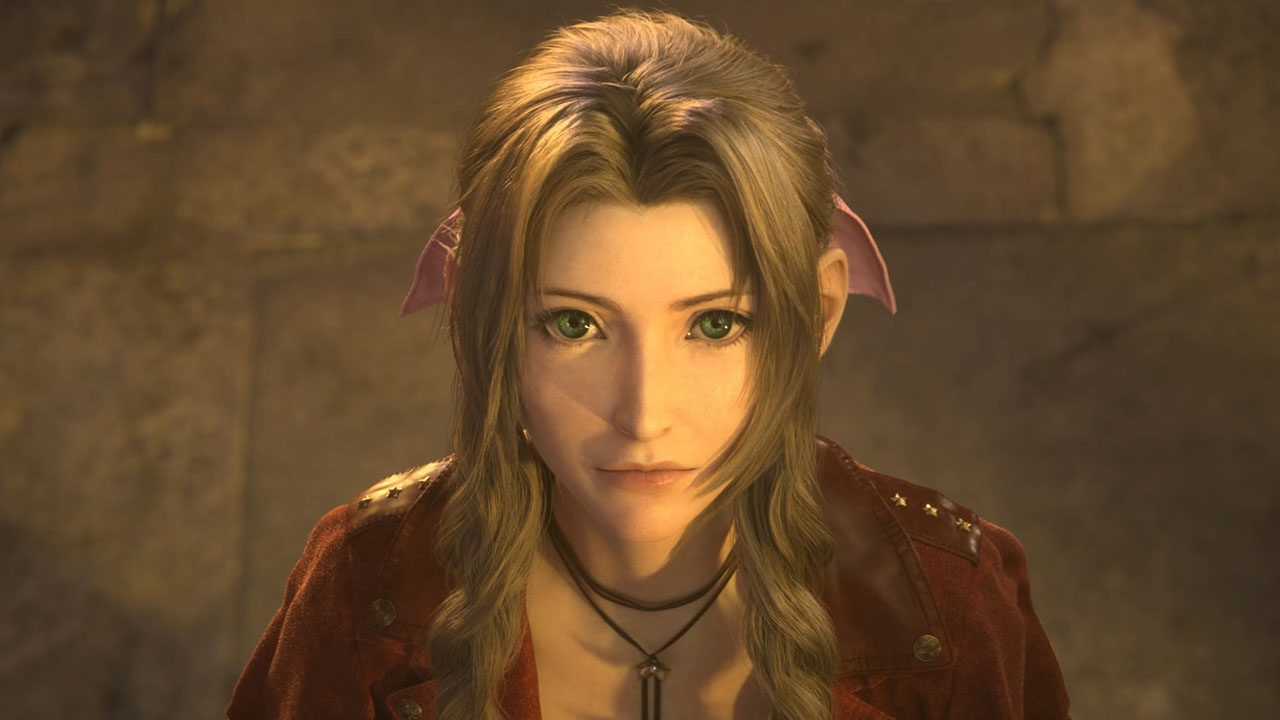
The differences apart from the quality of graphics are some subtle changes that make more sense for certain scenarios. For example, when Aerith was introduced, there are now more things happening before the entire city was revealed and the main title appears. Rather than just walking away, she first turns her attention to the alleyway seemingly sensing danger before she gets up to walk. While walking, Aerith still keeps her attention on the alleyway until she bumps a random person and drops some of her flowers on the street. She picks them up one by one before she looks away and the camera pulls out to reveal the city.
Small changes like those add more intensity to the scene and overall enforces what mood it wants you to feel.
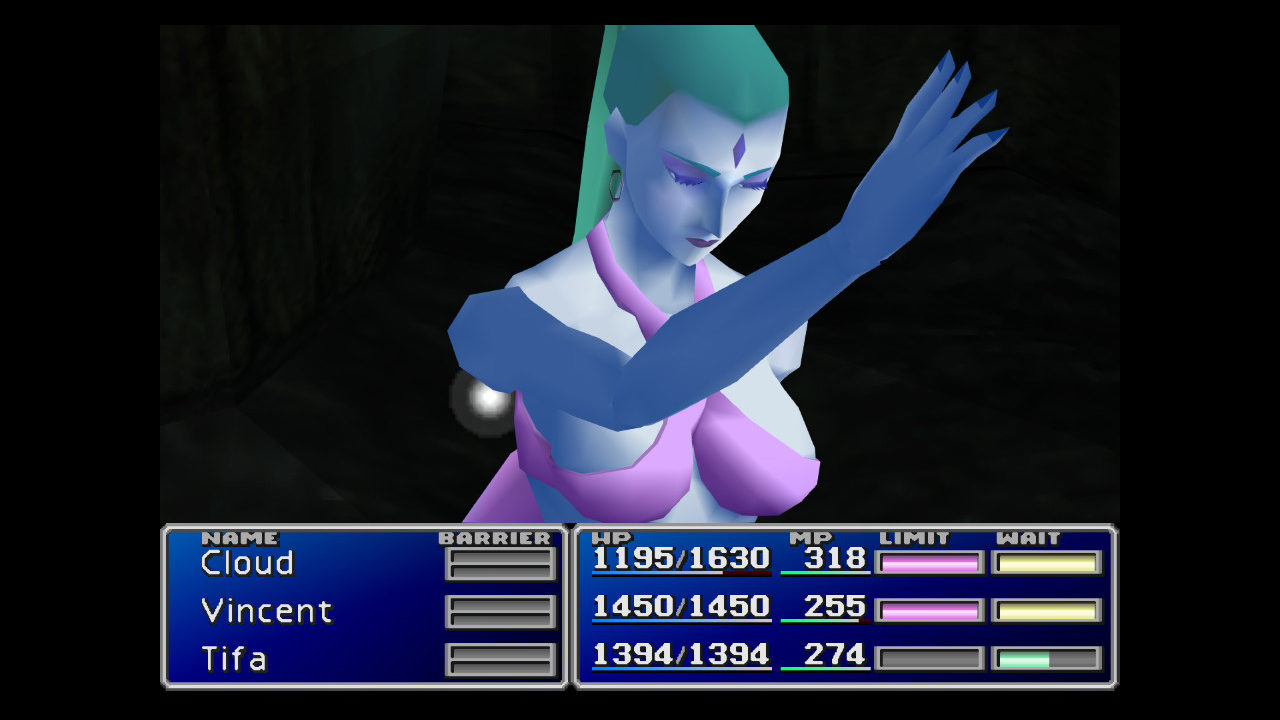
But the bigger change in the remake’s story comes after the first mission. In the original game, when Cloud meets up with Aerith after bombing the reactor, they simply separate ways. As for the remake, Aerith comes across with these floating, hooded spirits that the game calls Whispers and they appear in certain points as you progress the story. We’ll discuss them more shortly.
After the escape sequence during the first mission, the remake did everything the same as the original. Avalanche members waited for Cloud on the train until he appears and they make their way to Seventh Heaven — their organization’s home base. For the original game, Cloud goes with Avalance members down the secret lift disguising as a pinball machine. As for the remake, however, Cloud just waited for Tifa and Barret to finish their meeting while staying at the bar. This just makes sense since he’s just a freshly hired mercenary and not an Avalanche member.
In between main missions, there are also side missions that make you explore the slums and it allows supporting characters to expand on their own backstories so you get to know them better.
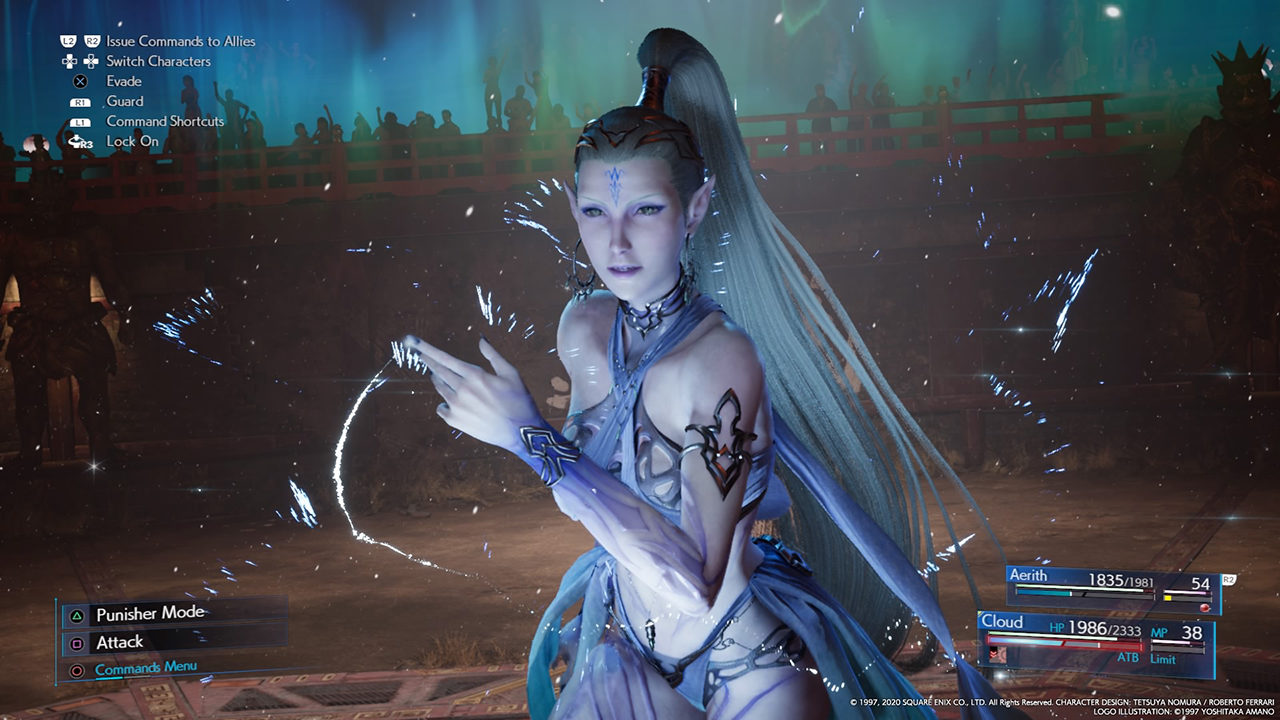
After completing the side missions, the story goes back to its original course. Cloud, Barret, and Tifa head out to blow up another reactor on another bombing mission. For this part, everything looks faithful to the original. Even the boss battle with the Air Buster has been kept with the only difference that instead of President Shinra meeting the Avalanche in person, he appears through a projection and reveals that Cloud and his party is being broadcasted live to the people of Midgar to put the blame on them for acts of terrorism. These changes, although little, really give more emphasis and weight to the development of its story.
After which, everything regarding the story feels the same — Cloud meeting Aerith again on the church, Tifa being picked up by Don Corneo, and Cloud cross-dressing to save Tifa. But there are a few changes with Whispers making their entrance once again and protecting Aerith from the Turks. Another thing was that Cloud’s dress was given by the owner of the Honeybee Inn instead of an old man from a clothing shop.
Aside from changes in the story mentioned above, here are the six biggest changes to the story. Some changes I find better, some I didn’t.
- Avalanche is now a bigger eco-terrorist group – In the original game, they just consisted of five members — Barret, Tifa, Biggs, Jessie, and Wedge. But in the remake, it’s a much larger organization with different chapters across the world. The organization is very well-equipped, well-coordinated, and you will often see them help Cloud and his friends in a few scenes of the game. They even made the Mayor of Shinra (Domino) as an Avalanche spy which made more sense to explain why he helped Cloud and his friends inside the Shinra building.
- They added a story mission – A mission just involving Avalanche’s supporting characters allows players to dive deeper into each of their backgrounds. In this mission, it also reveals the life of people on the top of the plate of Midgar where it’s a lot more comfortable compared to the slums beneath it.
- New character – Roche is a new villain introduced in the game. He’s a Shinra soldier and appears in the added story mission.
- Whispers/Arbiters of Fate – This is the hooded entity that I mentioned earlier and is one of the biggest changes they made in the story. The story portrays them as entities who ensure everything turns out according to how destiny intended things to be. The Whisper Harbinger is also one of the final bosses you’ll have to face. Nearing the end, Cloud, Aerith, Tifa, Barret, and Red XIII are to battle this to try and change their destiny.
- Sephiroth and Jenova – In the original game, Sephiroth was only hinted during one of the scenes in the Shinra building by showing his sword thrusted through the back of the president but never shown until you further progress to the story. But in the remake, he appears and kills the president in person. This changed detail was important for me since they were not only introducing the main villain Sephiroth but reinforcing and establishing that he is the one true villain. He is also the last boss you’ll face on the remake. Furthermore, Jenova (Sephiroth’s ‘mother’) also makes an appearance as one of the final bosses of the game.
- Zack Fair is alive – Going back to the original story, Zack and Cloud escaped from Shinra’s mansion and from Professor Hojo where they were being experimented on. Both in the original game and Crisis Core: Final Fantasy VII (Zack’s origin game), it shows Zack saving Cloud and dies while doing so. Cloud wakes up and realizes Zack died then picks up his Buster Sword and says goodbye to his friend. However, in the remake, Zack survives the attack, picks Cloud back up, and continues his journey to Midgar. It appears, for the remake, that all of these are happening in an alternate timeline. This is actually my biggest disappointment when it comes to the story. It doesn’t make sense to me personally because Zack’s death was actually one of the reasons why Cloud wanted to get back at Shinra. It looks to me that Square Enix is trying to create a different world with alternate dimensions that change the story in its entirety.
Final Thoughts
The story of the original has already been regarded as a masterpiece but changing one character’s fate, although explained by the presence of Whispers, is just a disappointment for fans of the franchise — myself included. It’s like the developers are saying that they’re changing the story you love in the sequel and adding more Kingdom Hearts alternate dimension elements to it.
With graphics, gameplay, battle system, and character development, Final Fantasy VII Remake is hands down the better game. I’m just skeptical that Square Enix might screw up the story progression when the second installment comes out. I’ll still stay optimistic, though, hoping that I’m just overthinking things. I guess we will just have to wait and see for ourselves when the sequel is released.
